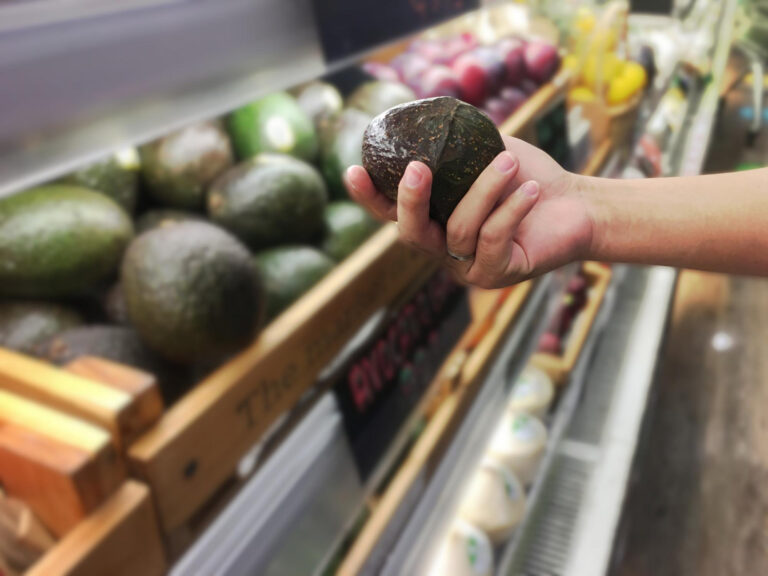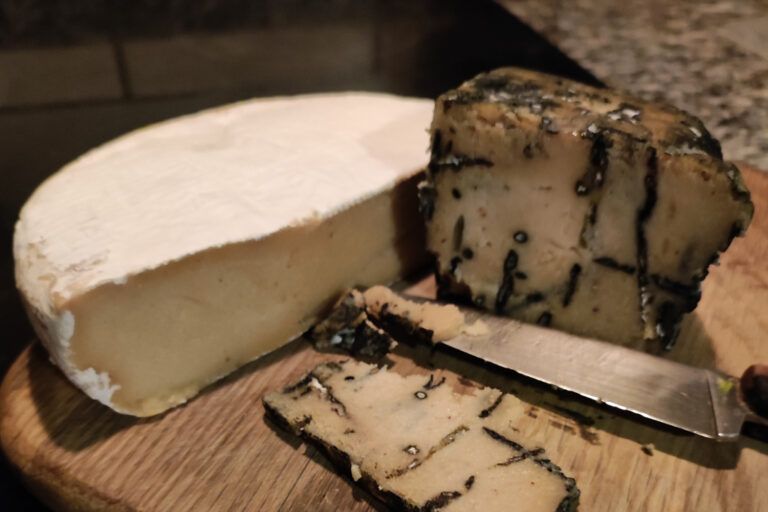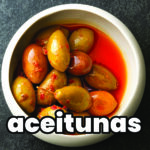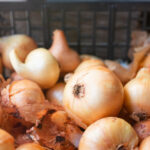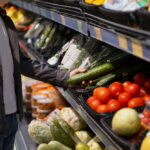The Best Fluffy Pancakes recipe you will fall in love with. Full of tips and tricks to help you make the best pancakes.
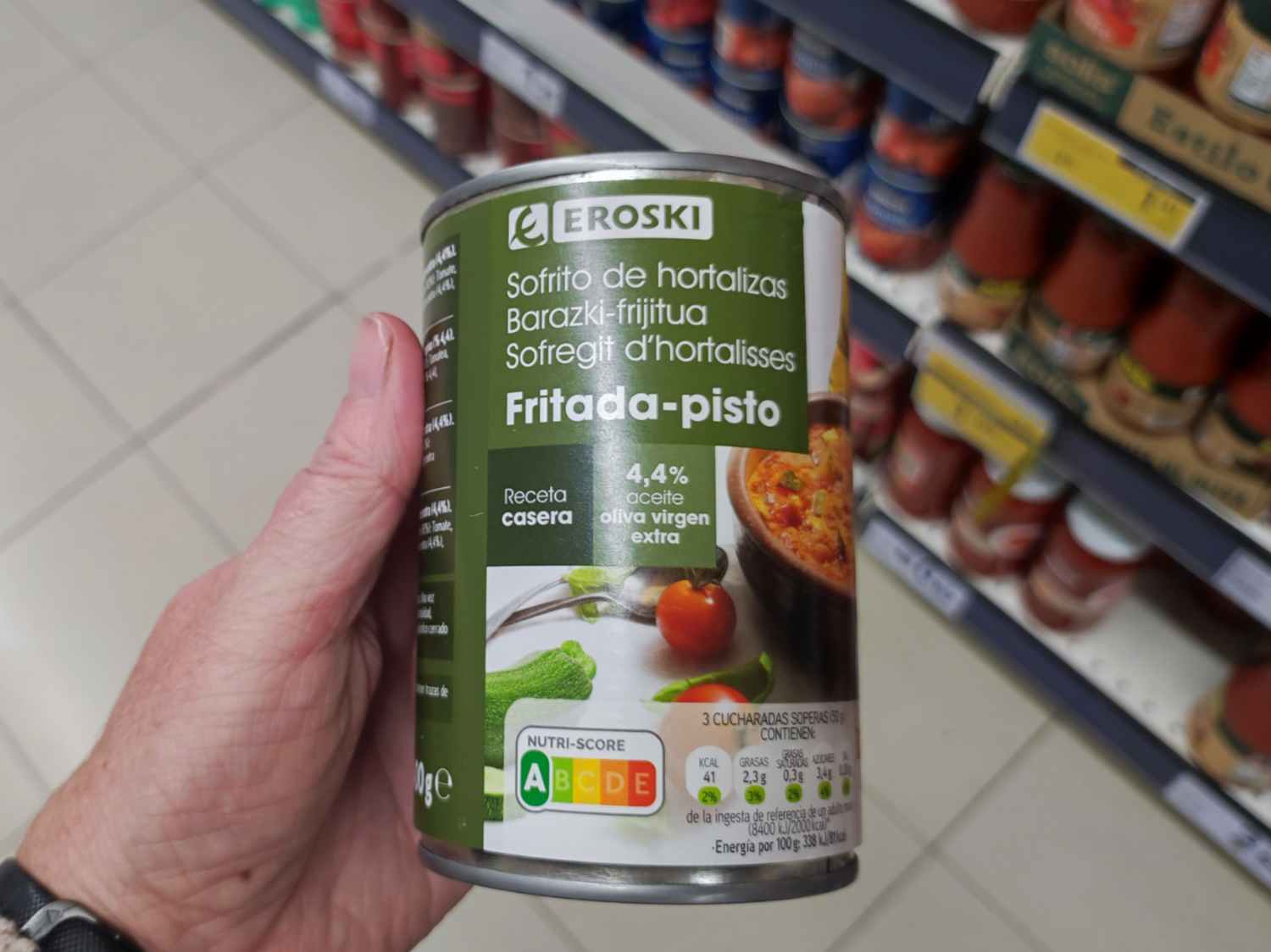
Spain offers a wealth of wonderful foods including many for vegetarian and vegans. However, finding items suitable for vegetarians and vegans in supermarkets and stores is not always straight forward.
Depending on where you are in the world, you may be used to standardized labelling of vegetarian and vegan food with easy-to-identify icons and labels. You may also be used to supermarkets having their own label vegetarian food – again making it easy to find.
This is less common in Spain and you are very likely going to need to check the ingredients list of many products. For example to check for animal fats in pastry products and biscuits (for example the festive sweet treat Polvorones is traditionally made with pig fat).
However, like every other European country, Spain has strict food labelling laws, making it very easy to check the ingredients in products.
Don’t worry if you don’t understand Spanish, thankfully, with the power of technology, translating labels and ensuring animal-product-free food shopping is easier than ever.
How to Use Google Translate to Translate Food Labels
Here’s how to use apps like Google Translate to navigate Spanish grocery stores:
Use Google Lens or Google Translates Camera Feature:
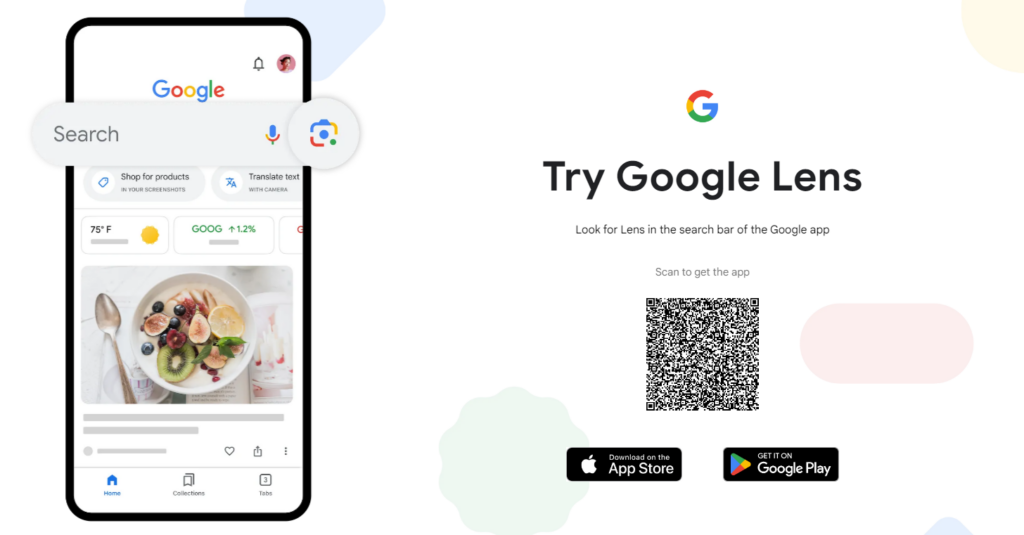
- Look for the Google Lens icon in the search bar of the Google app. This will open up a camera and you can select ‘translate’ as an option
- Download the Google Translate app: If you haven’t already, download the app on your smartphone. This also gives you the option to take an image to translate
- Point and Translate: Simply point your phone’s camera at the ingredient list. The app will instantly translate the text, highlighting the translated words directly on the product.
Tip: Practice at home first! Your Google Lens options may vary depending on your phone and operating system.
Utilize Offline Translation
If you are visiting an area with with limited internet connectivity, download the Spanish language pack within the Google Translate app. This allows you to translate offline, ensuring you can decipher labels even when you’re not connected to Wi-Fi.
It May Not Be Perfect 😂
Be aware that you may not get 100% perfect translations every time – however this adds to the fun of shopping in a different environment!
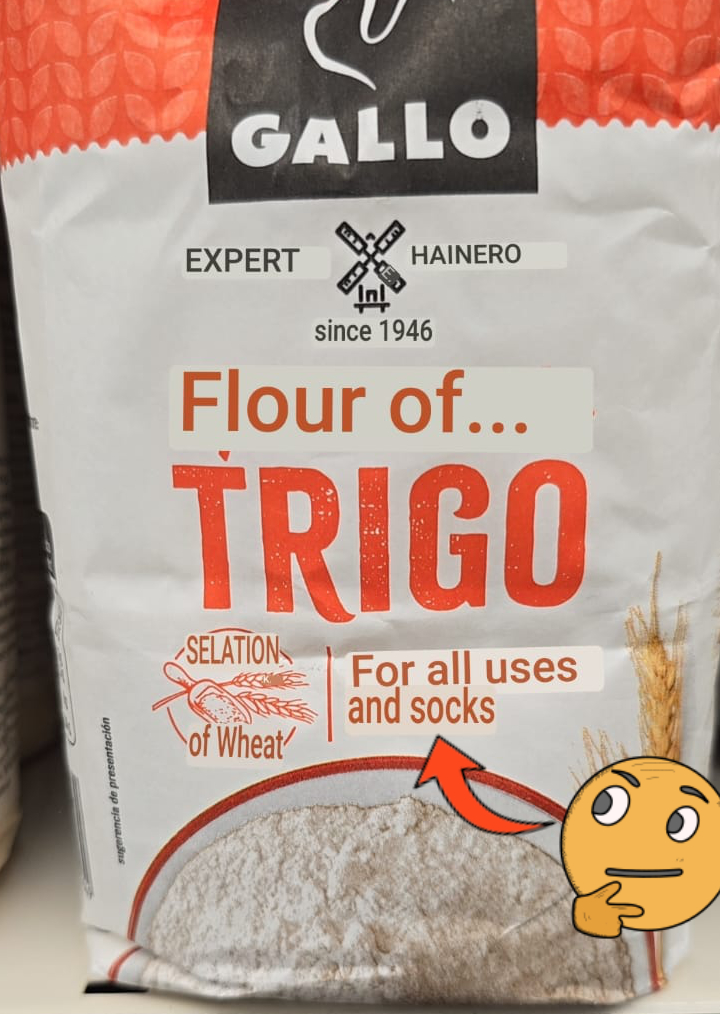
Identify Common Spanish Ingredients
It will be useful to familiarize yourself with basic Spanish words for common ingredients which may be a problem for vegetarians and vegans. Learn words like “carne” (meat), “pollo” (chicken), “pescado” (fish), “manteca de cerdo” (pig fat – lard), “leche” (milk), “mantequilla” (butter), “huevo” (egg), “miel” (honey), and “gelatina” (gelatin) etc
Look for key phrases: Be on the lookout for phrases like “contiene leche” (contains milk), “elaborado con huevo” (made with egg), and “puede contener trazas de…” (may contain traces of…).
Bookmark Our Site:)
Tap into our 20+ years of experience as vegetarians living and cooking every day food in Spain and let us guide you through the nuances of shopping and cooking vegetarian food in Spain
Don’t Hesitate to Ask
Engage with store staff! If you’ve translated a label and are still unsure about a product or an ingredient, don’t hesitate to ask a store employee. Many Spanish people are happy to help, and some may even be able to provide information about the product’s ingredients. However, be mindful of busy times in a store and that some staff will not be as aware of the needs of a vegetarian or vegan as you are (for example, you may be told that a sweet biscuit is OK for vegetarians as it doesn’t contain meat but does contain animal fat – that’s not done maliciously, it’s just lack of awareness).
Armed with your smartphone when visiting a supermarket, you will find it much easier to find




